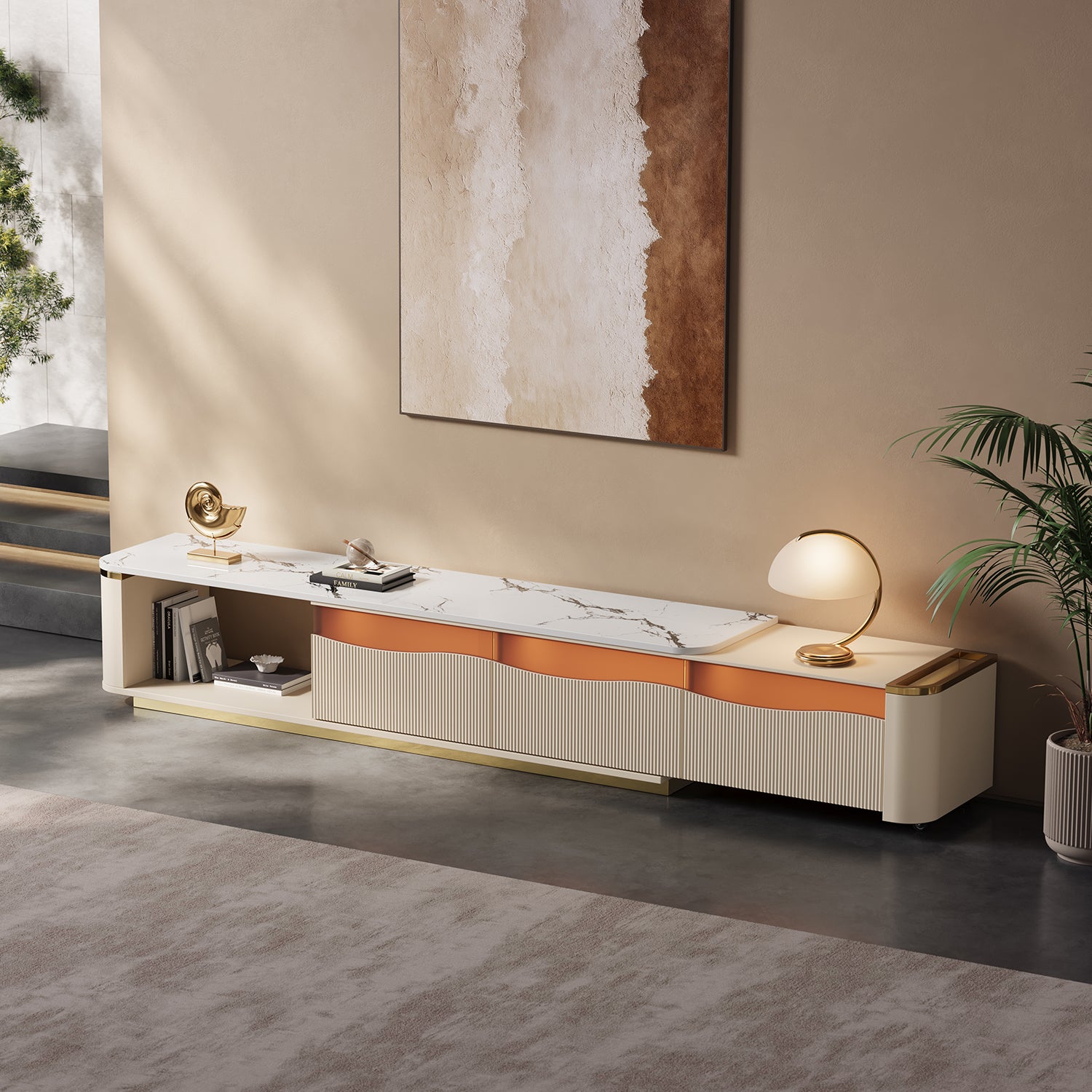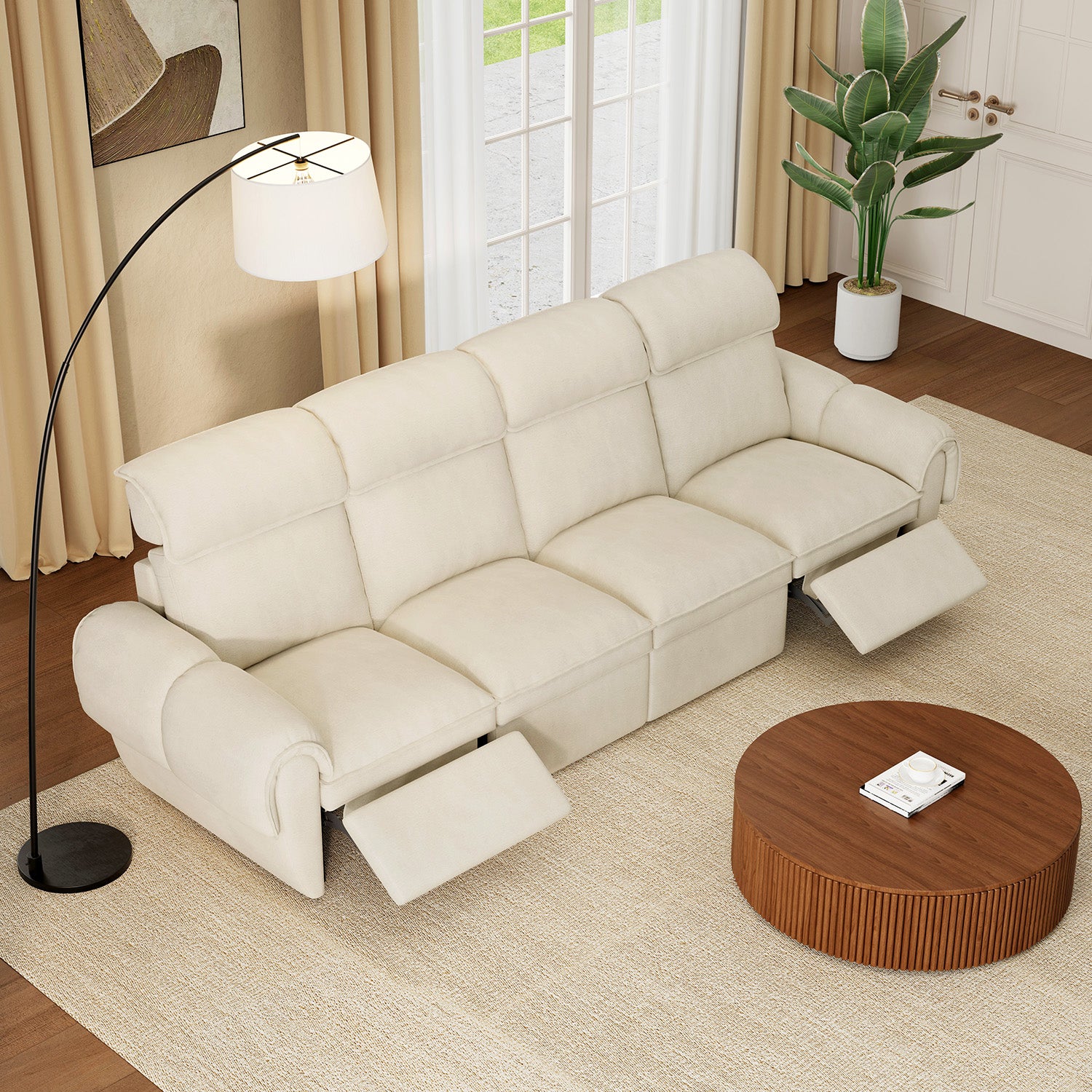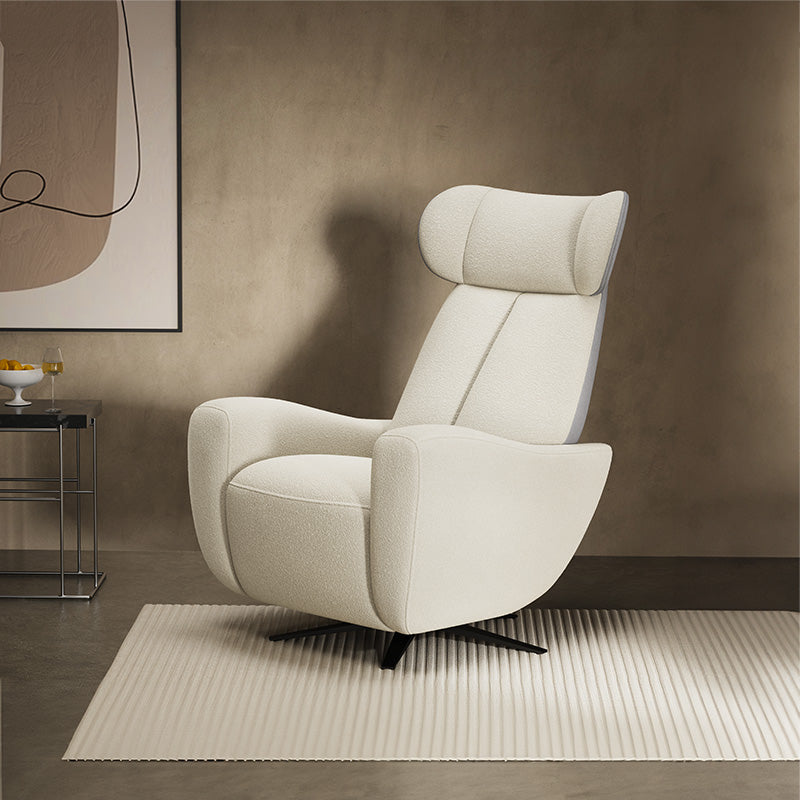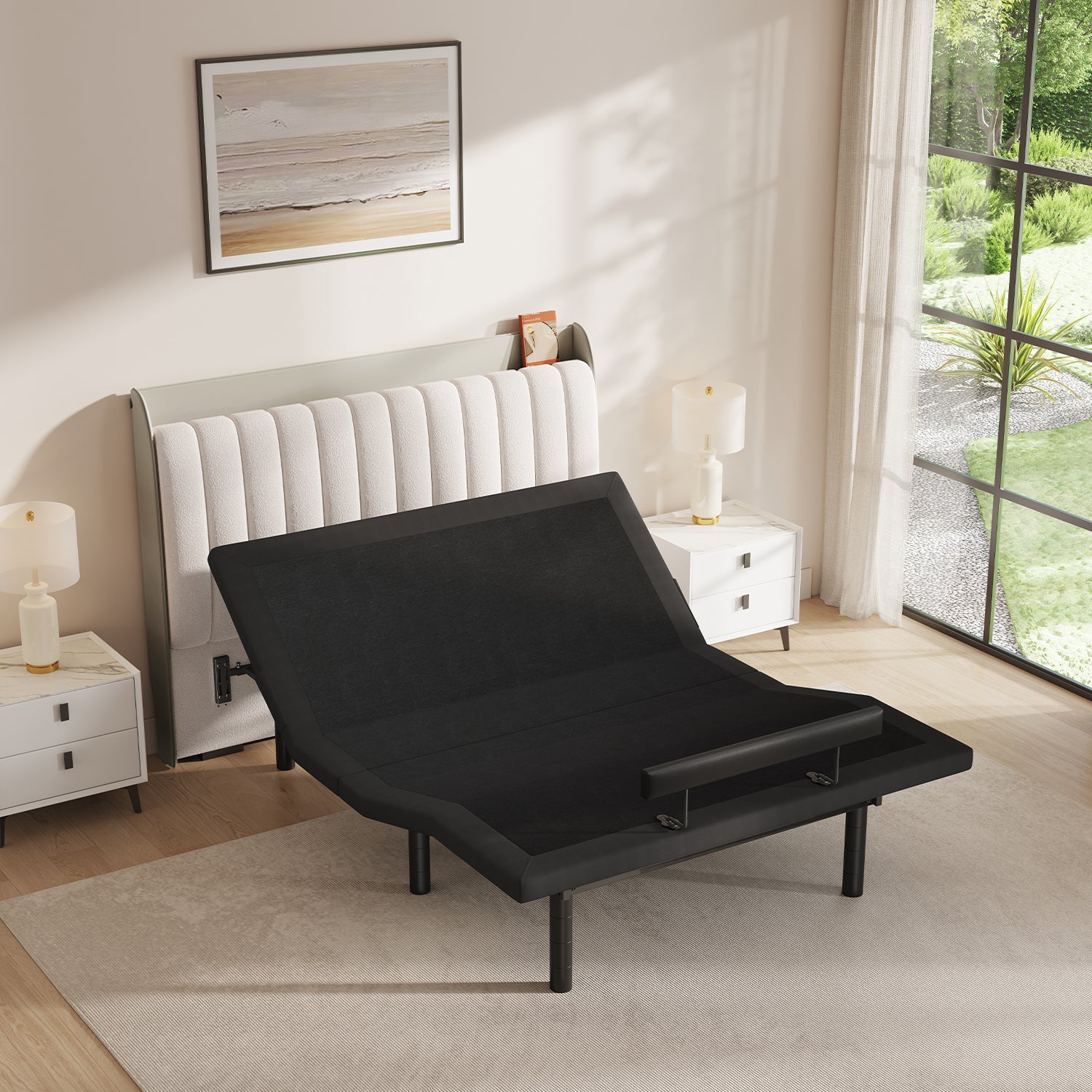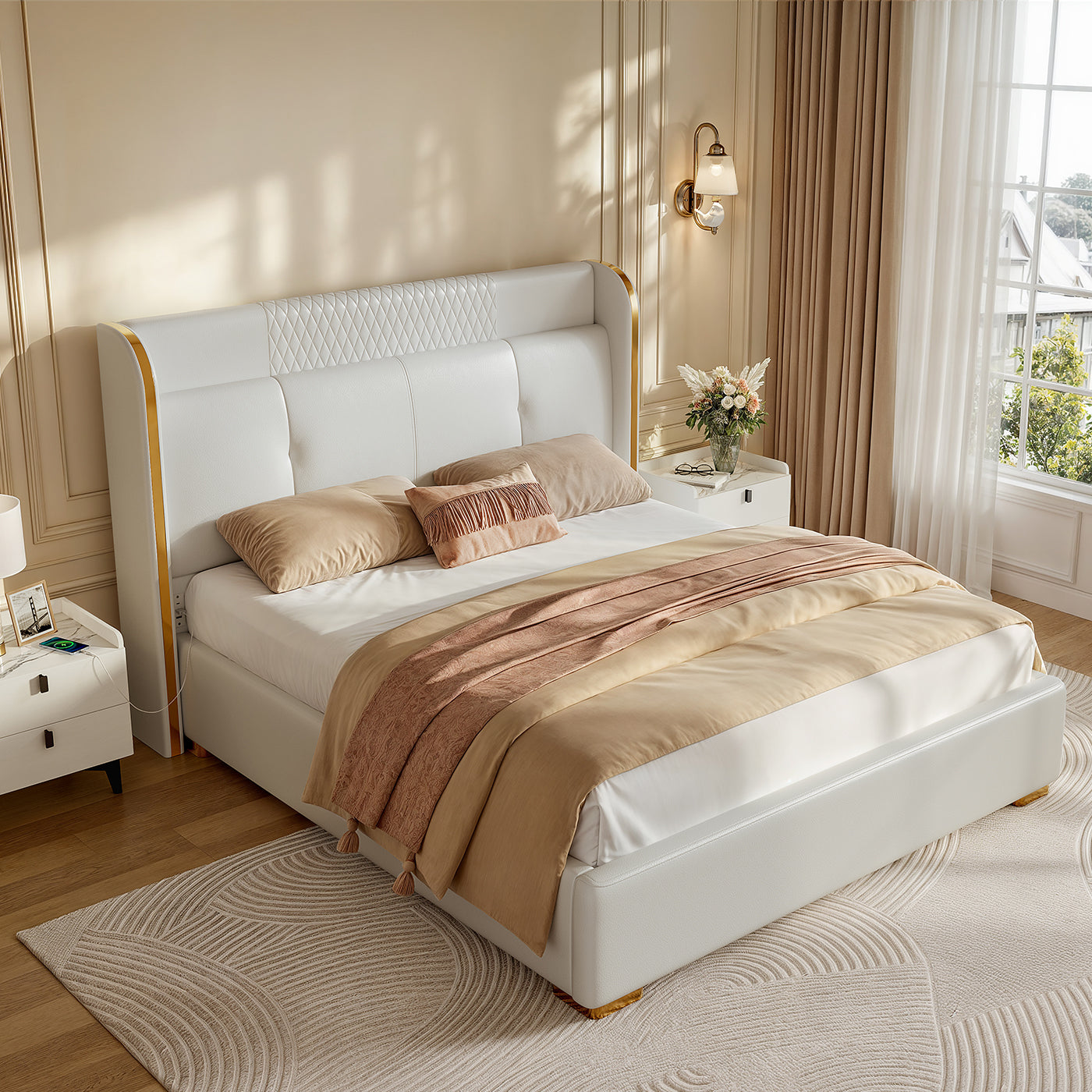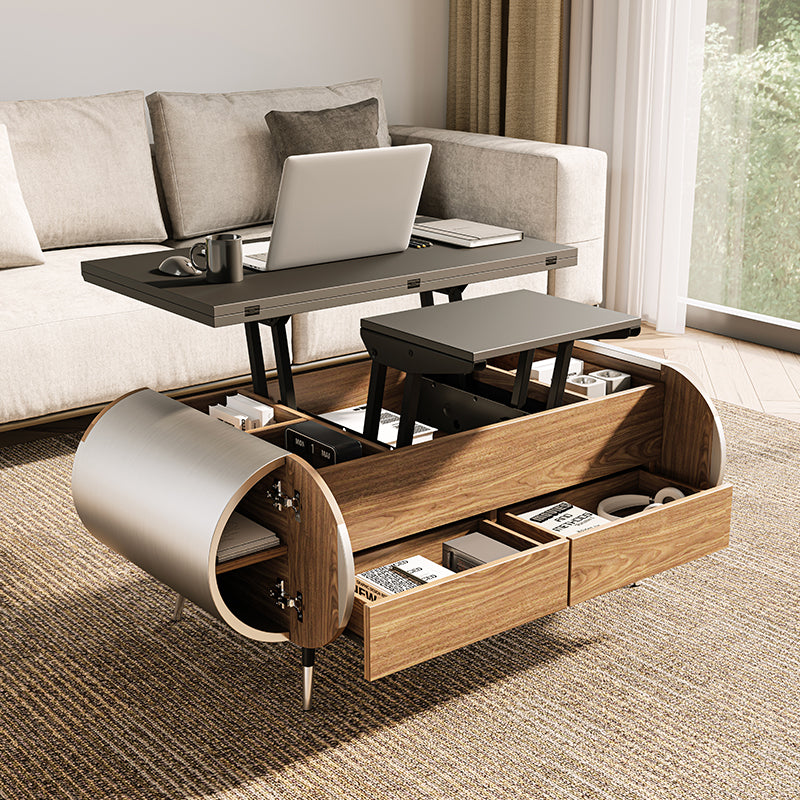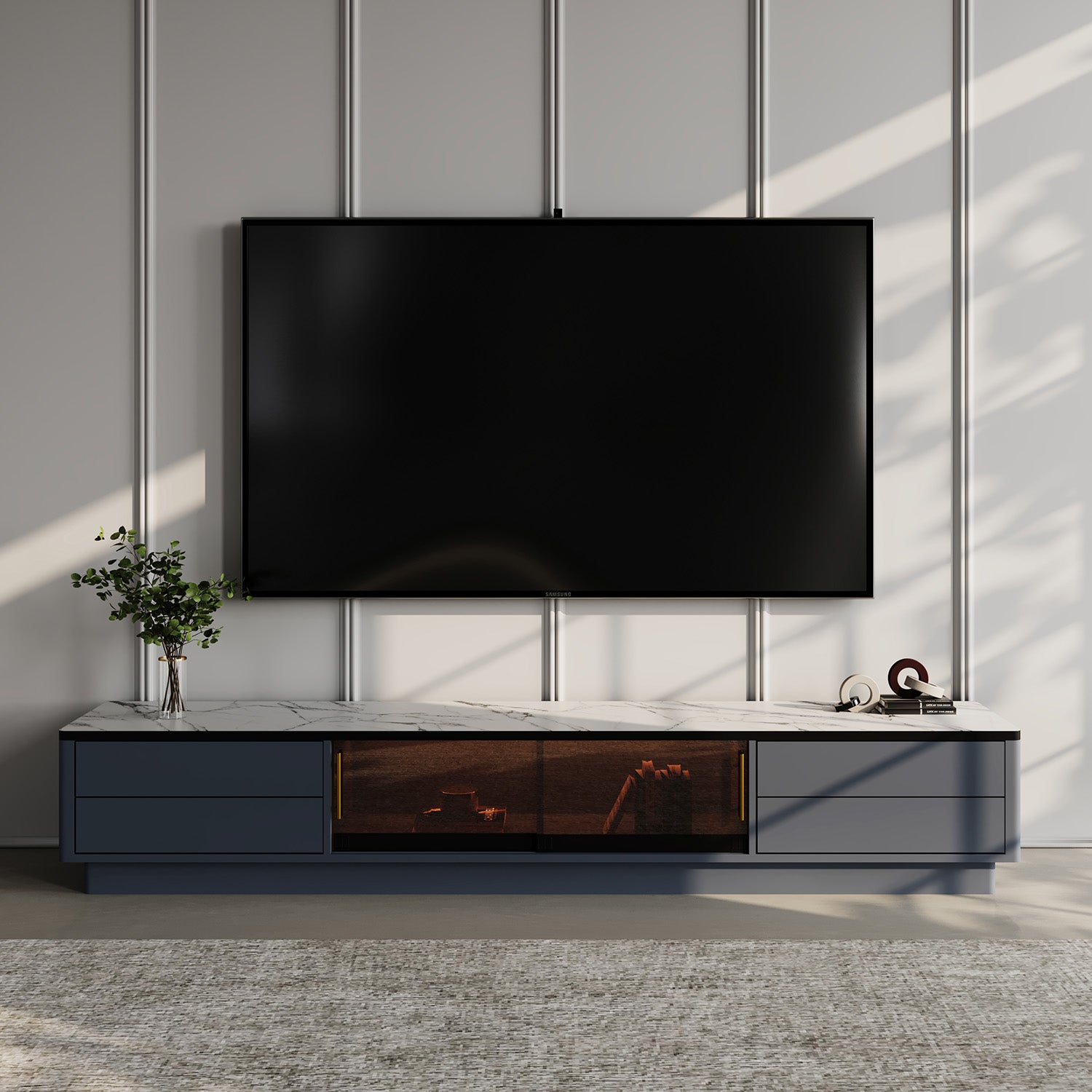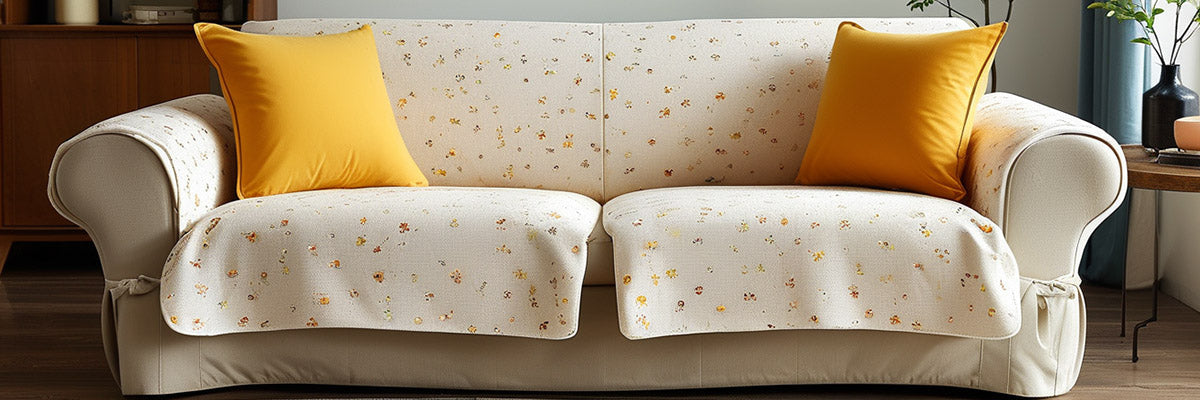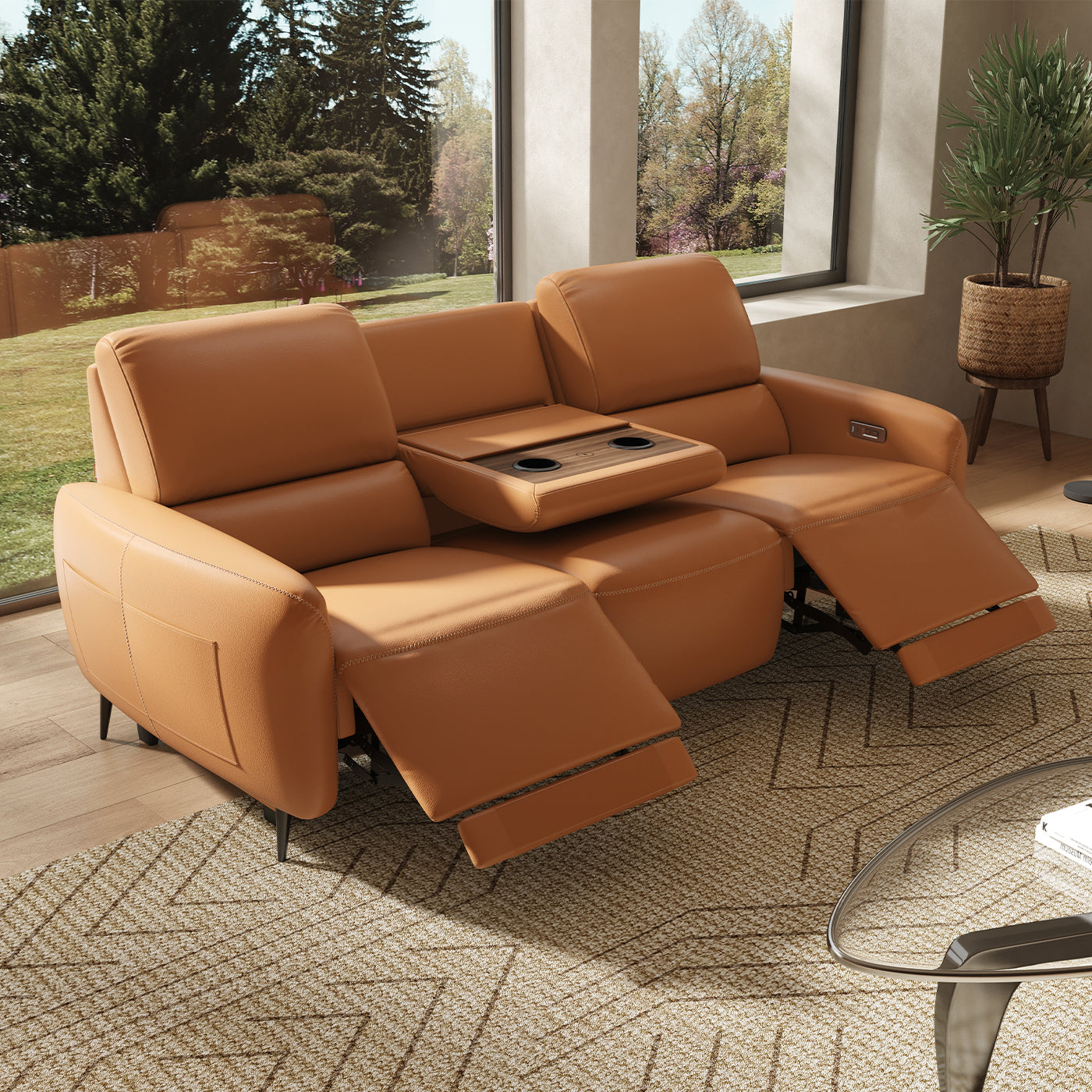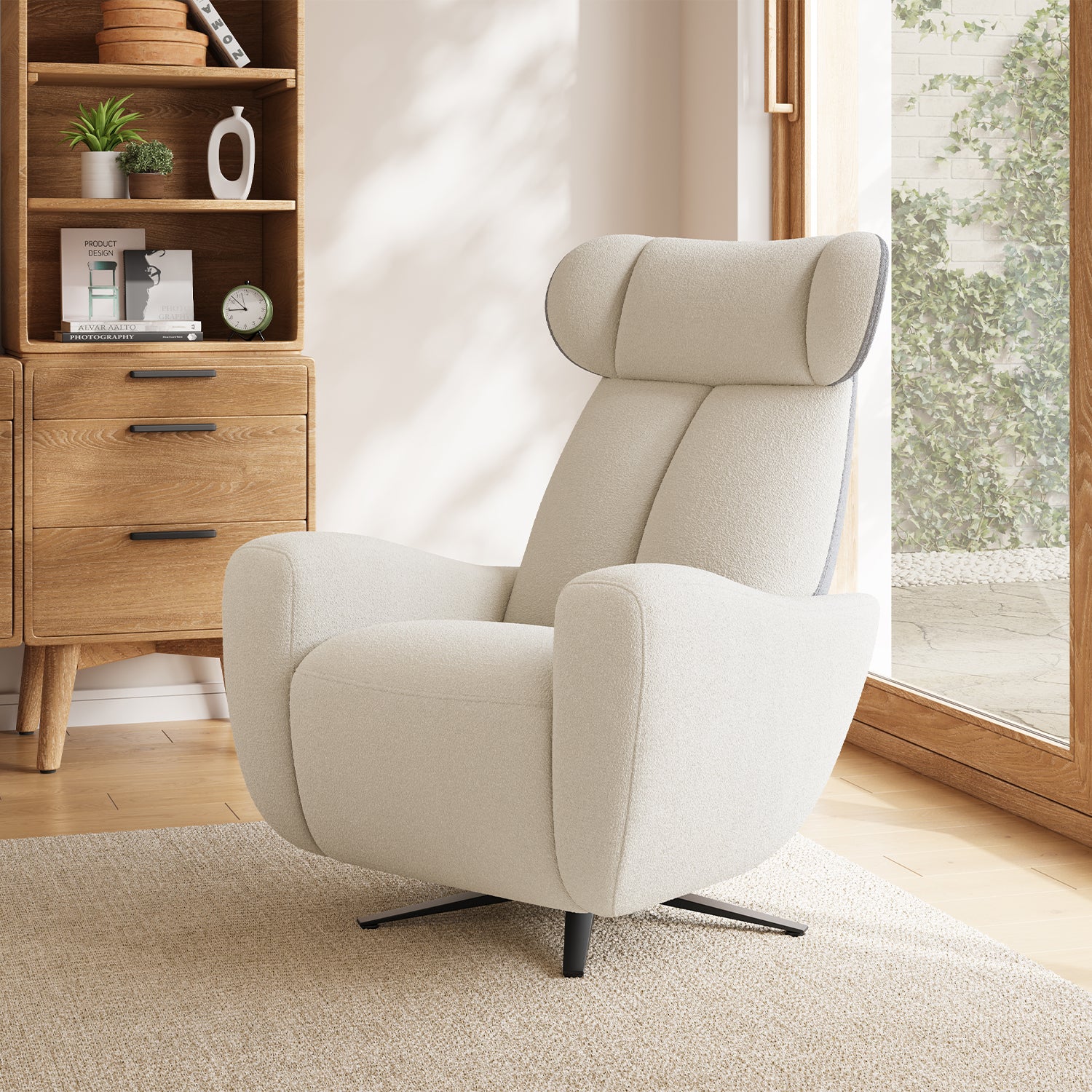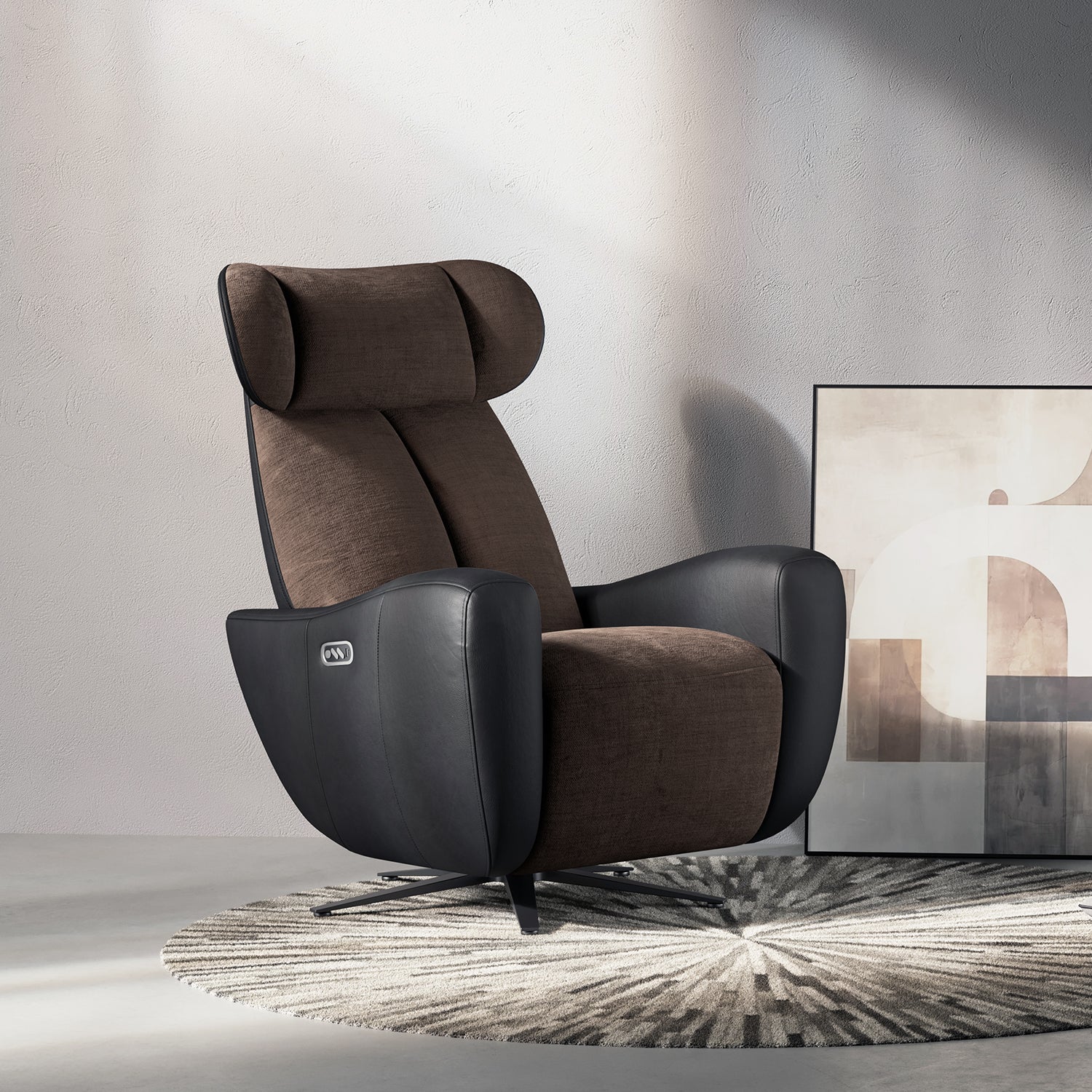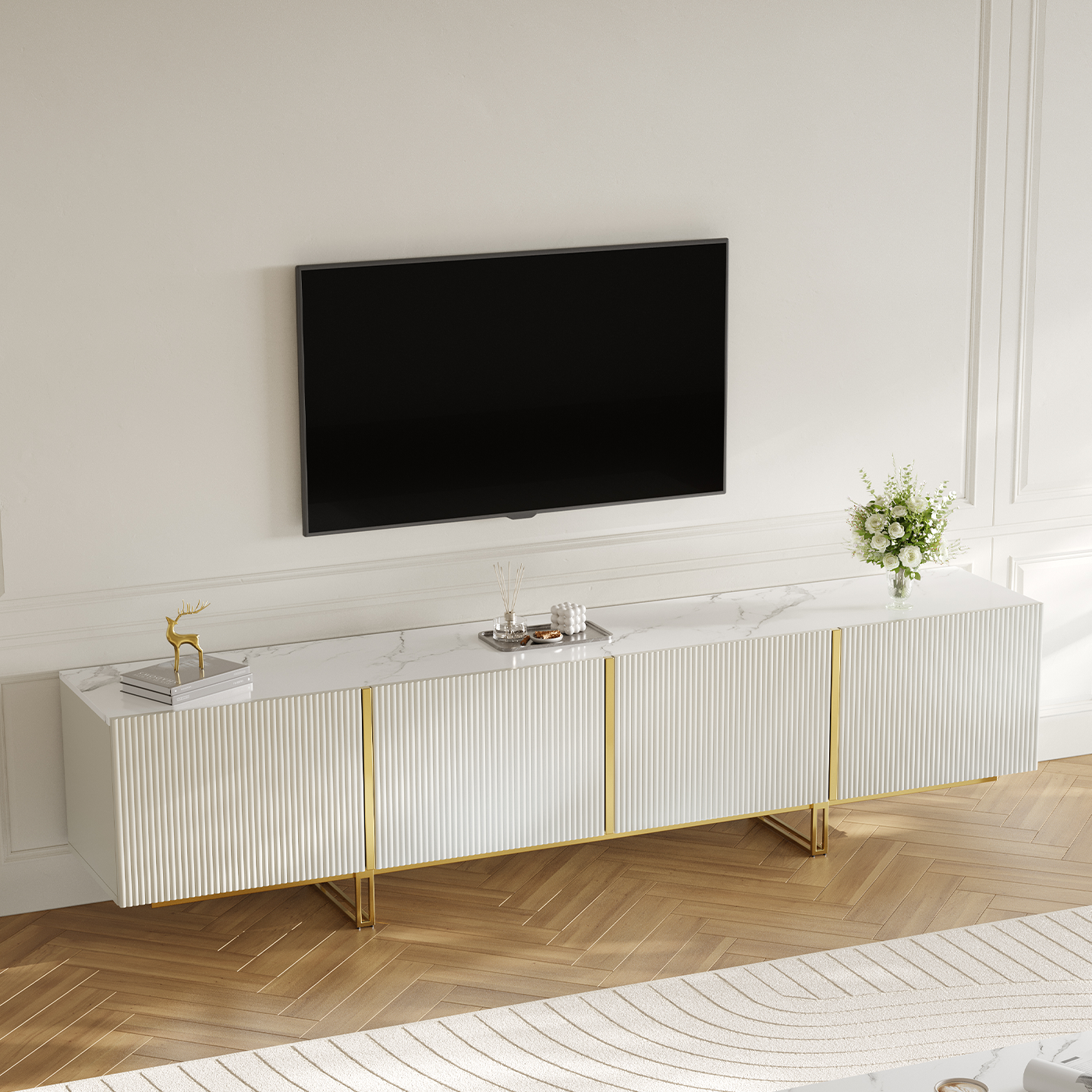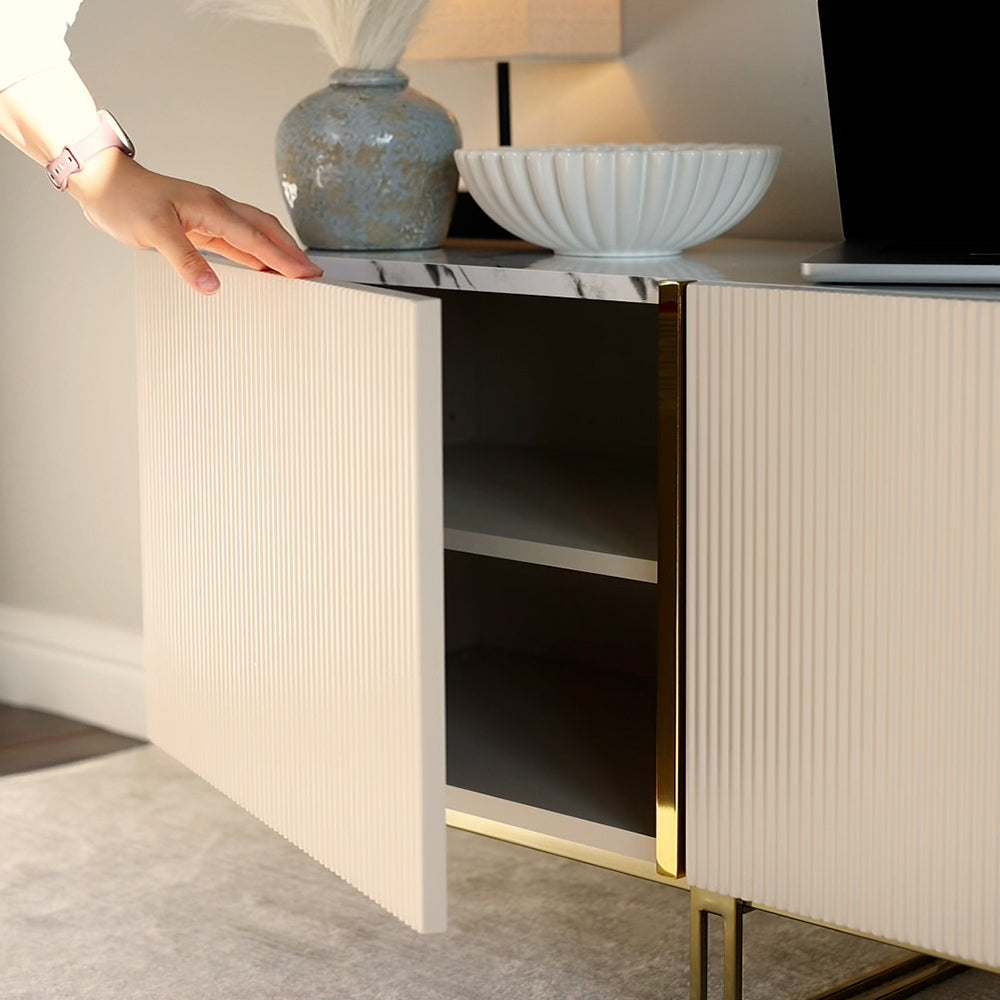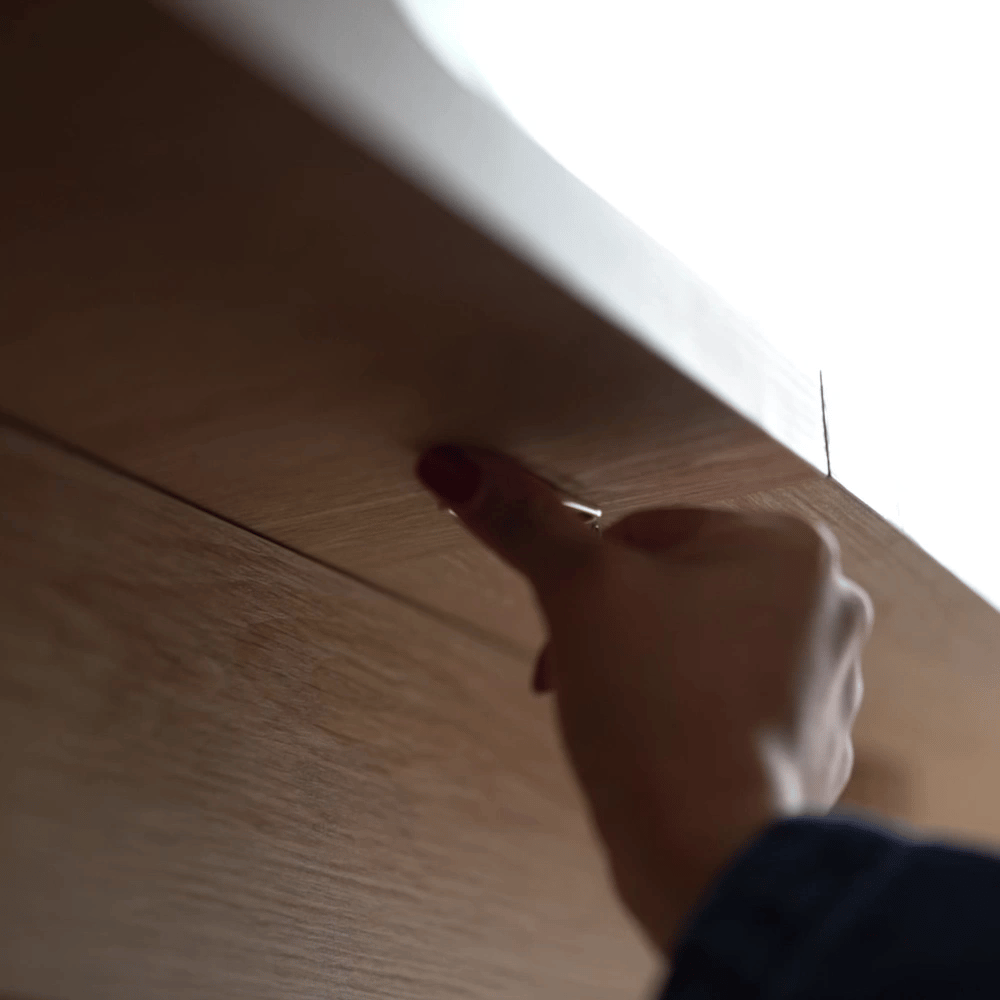A natural leather sofa is a timeless piece of furniture that exudes elegance and durability. However, keeping it clean and maintaining its luxurious look requires proper care. Unlike synthetic materials, natural leather is more sensitive to harsh chemicals and abrasive cleaning methods, which can damage its surface. This guide provides practical steps and tips to clean your natural leather sofa while preserving its quality and appearance.
Table of Content
Understanding Natural Leather

Before diving into the cleaning process, it’s important to understand the type of leather you’re working with. Natural leather comes in several finishes, including:
- Aniline leather: Soft and luxurious, but more prone to stains as it lacks a protective coating.
- Semi-aniline leather: Offers a light protective coating, making it slightly more resistant to spills.
- Pigmented leather: Durable and coated for enhanced resistance to stains and scratches.
Always check the manufacturer's care instructions for your sofa, as these will provide valuable information about the leather type and recommended cleaning methods.
What You’ll Need
To clean your natural leather sofa, gather the following supplies:
1. Soft, dry cloth: For dusting and initial cleaning.
2. Mild soap or leather cleaner: Specifically formulated for natural leather.
3. Distilled water: To prevent mineral deposits that can occur with tap water.
4. Microfiber cloths: For gentle cleaning and drying.
5. Leather conditioner: To restore moisture and maintain suppleness.
6. Vacuum cleaner with brush attachment: Optional, for removing dust and debris from crevices.
Step-by-Step Cleaning Process

1. Dust and Vacuum the Sofa
Start by removing loose dirt and debris from your sofa.
- Use a soft, dry cloth to wipe down the leather surface gently. This prevents dust from scratching the leather during cleaning.
- For crevices and seams, use a vacuum cleaner with a brush attachment to suck out dirt particles.
- Regular dusting helps maintain the leather’s natural luster and prevents the buildup of grime.
2. Prepare a Cleaning Solution
Mix a cleaning solution using mild soap or a leather cleaner:
- Combine a few drops of mild, non-detergent soap with distilled water in a small bowl. Alternatively, use a leather-specific cleaning product.
- Avoid harsh cleaners like ammonia or bleach, as they can strip the leather of its natural oils and cause cracking.
3. Test on a Hidden Area
Before applying the solution to the entire sofa, test it on a hidden or inconspicuous area. This ensures the cleaner doesn’t discolor or damage the leather.
- Dab a small amount of the solution on the test spot using a microfiber cloth.
- Wait a few minutes and check for any adverse reactions.
- If the leather shows no signs of damage, proceed to clean the rest of the sofa.
4. Clean the Leather Surface
Use the cleaning solution to gently remove dirt and stains:
- Dampen a microfiber cloth with the cleaning solution (not soaking wet) and wring out excess liquid.
- Wipe the leather surface in circular motions, working on small sections at a time.
- Pay extra attention to areas that experience frequent contact, such as armrests and seat cushions.
- For stubborn stains, apply a slightly more concentrated solution, but avoid excessive scrubbing, as this can damage the leather.
5. Dry the Sofa
After cleaning, dry the sofa thoroughly to prevent water spots or moisture damage:
- Use a clean, dry microfiber cloth to wipe away excess moisture.
- Allow the sofa to air dry naturally. Avoid using heat sources like hair dryers, as they can cause the leather to dry out and crack.
6. Apply a Leather Conditioner
Conditioning is essential to maintain the leather's softness and prevent it from drying out:
- Choose a conditioner specifically designed for natural leather.
- Apply a small amount to a clean microfiber cloth and rub it into the leather in circular motions.
- Let the conditioner absorb into the leather for the recommended time (as per the product instructions).
- Buff the surface with a soft, dry cloth to enhance its shine.
- Condition your leather sofa every 6-12 months or as recommended by the manufacturer.
Tips for Regular Maintenance
To keep your natural leather sofa in pristine condition, follow these maintenance tips:
- Clean spills immediately: Blot spills with a soft, dry cloth to prevent them from seeping into the leather. Avoid rubbing, as this can spread the stain.
- Keep it away from heat and sunlight: Prolonged exposure to direct sunlight or heat sources can fade and dry out the leather. Position your sofa away from windows or use curtains to block sunlight.
- Dust weekly: Regularly wiping down the sofa with a dry cloth keeps dirt and debris at bay.
- Avoid sharp objects: Protect the leather from sharp objects like keys or pet claws that can scratch or puncture the surface.
- Use protective covers: If the sofa is used frequently, consider adding a protective throw or blanket to reduce wear and tear.
Dealing with Specific Stains
Oil stains: Sprinkle a small amount of talcum powder or cornstarch on the stain and let it sit for a few hours to absorb the oil. Wipe it off gently with a soft cloth.
Ink stains: Use a cotton swab dipped in rubbing alcohol to dab the stain lightly. Test this method on a hidden area first.
Water stains: Rehydrate the area by lightly dampening the entire panel with distilled water, then dry it evenly with a soft cloth.
When to Seek Professional Help
For severe stains, extensive damage, or overly worn leather, consult a professional leather cleaning service. They have the expertise and tools to restore your sofa without causing further harm.
Conclusion
Cleaning a natural leather sofa requires care and attention to preserve its beauty and durability. By following these steps and incorporating regular maintenance, you can ensure your leather sofa remains a luxurious centerpiece in your home for years to come. With the right approach, your investment in natural leather furniture will continue to enhance your living space with timeless elegance.
If you want to buy our home furniture or couch for living room, you can check out more on our store


